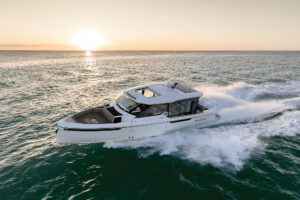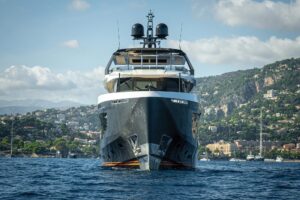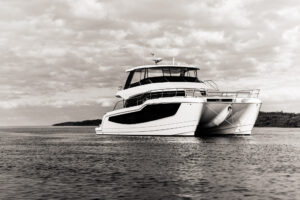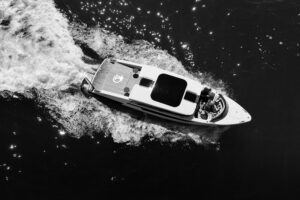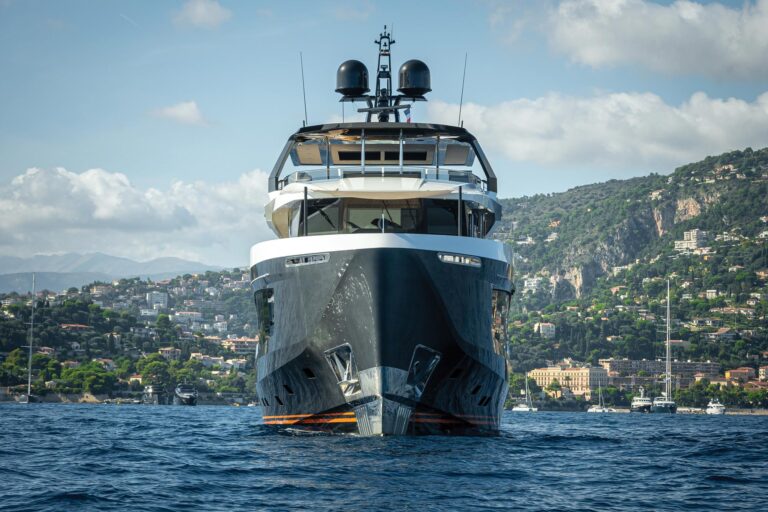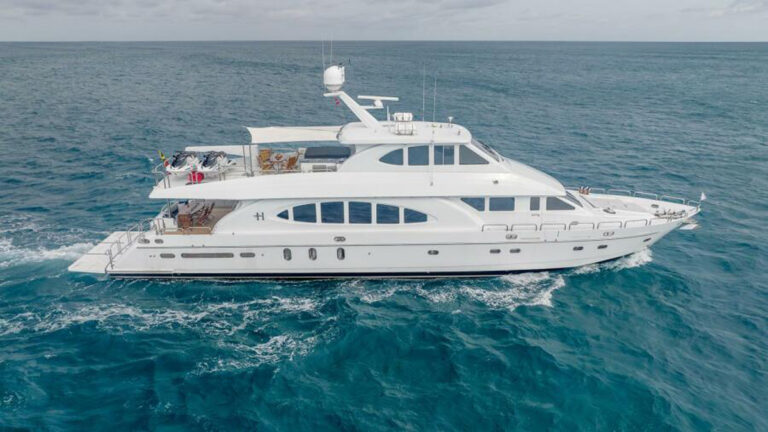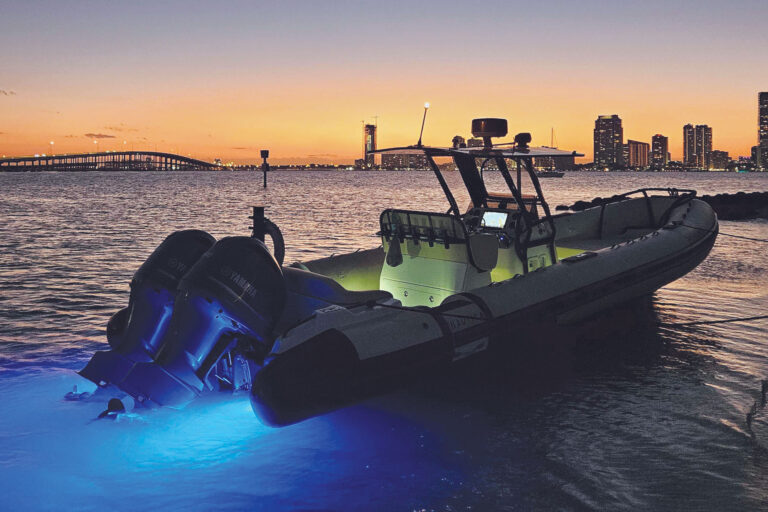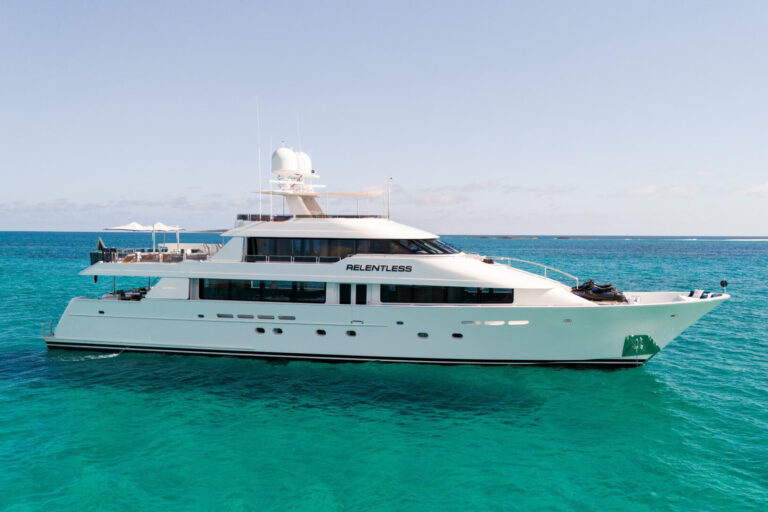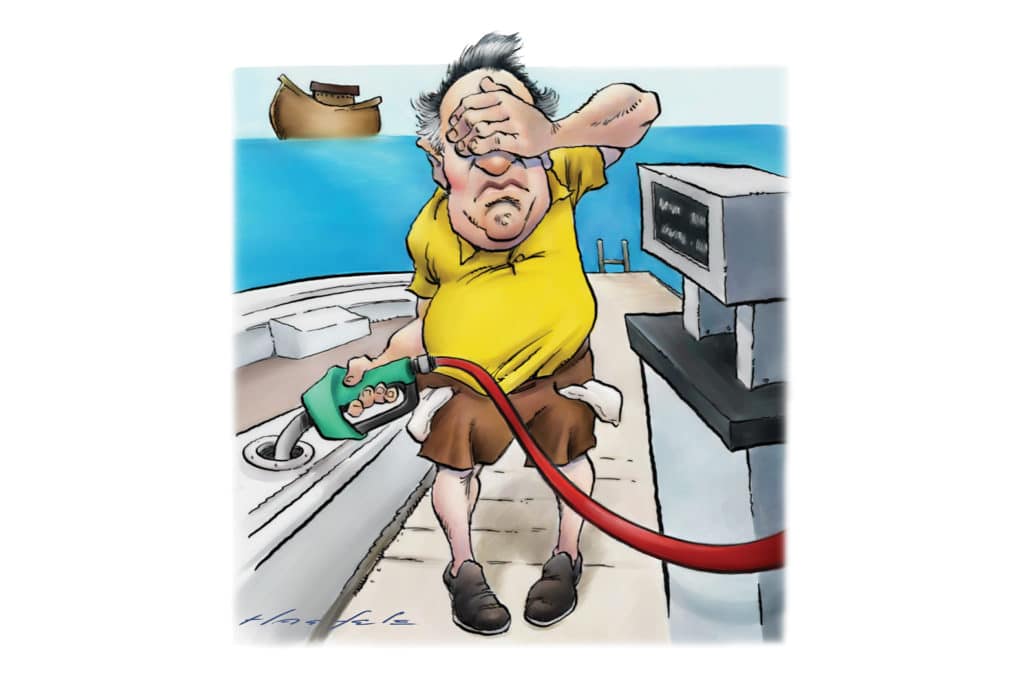
Thanks to marine organisms and a handful of hurricanes, it’s time again for a new dock. I’ve been noodling the proper parking space for a new ride. Given the cost of fuel, I hope to keep down the gallons per hour. I’m done with air-blown craft; perhaps I’ll design a yard ark.
Noah’s new-build contract had just one performance milestone: a completion date prior to the rainy season. Speed? Not a worry; the ark simply had to go up and down. In the 1970s, our boat did the same at the dock—it was thirsty for fuel that was in short supply.
The know-how to design fast, efficient rides existed, and wise boaters rediscovered it. By 1980, builders had burped out displacement-speed trawlers. Tom Fexas, my mentor, drew a trawler as his first design, but it was his Midnight Lace that made the papers. Its svelte beam-to-length ratio and slippery hull bottom provided efficient 20-knot performance that didn’t cause drowsiness. Fexas had been inspired by the fast commuters he’d seen as a kid on Long Island Sound in New York, and by Frank Pembroke Huckins’ contribution to patrol-torpedo boat design.
Huckins’ high-speed design was a missing link between the old-school commuters and the modern, hard-chined planing hull. While the PT boat had three 1,200 hp Packard engines, it was the efficiency of the hull form and lightweight build that trickled down to the yard’s postwar yachts.
Read More from Jay Coyle: Tell Tales
In the 1980s, such rides appealed to experienced boaters who spent little time at the dock. They were able to cruise at planing speeds, burning a fraction of the fuel that a new generation of boaters would invest in once oil was again flowing freely. The marine industry loosened its belt and birthed designs that were free from dietary restriction. It’s a simple formula: longer, fatter, faster equals more horsepower and fuel burned.
So, here we are. A tape measure and scale are not needed to know that efficiency is of little concern to the owner of a supersize center-console with a six pack, or an overgrown speedboat with more horsepower than a six-axle locomotive. A pal of mine admits that he has no idea how much fuel he burns (he refuses to make eye contact with the pump). We had fuel-friendly boat design in the 1970s. Perhaps it should shape the pastime once again.
I’ve noticed that in the current boating boom, waterway traffic hasn’t really changed that much, except on weekends when flocks of center-consoles nest on the nearest sandbar with their sound systems at full throttle. Whether serving as floating second homes or backyard lawn ornaments, their larger, high-performance diesel cousins seem to be spending a lot of time riding up and down on the tide.
A yard ark? Not at my dock. It’s fishing and cruising that stir my imagination, and both pastimes require fuel. As prices are rising, I’ll be falling for an efficient ride.

